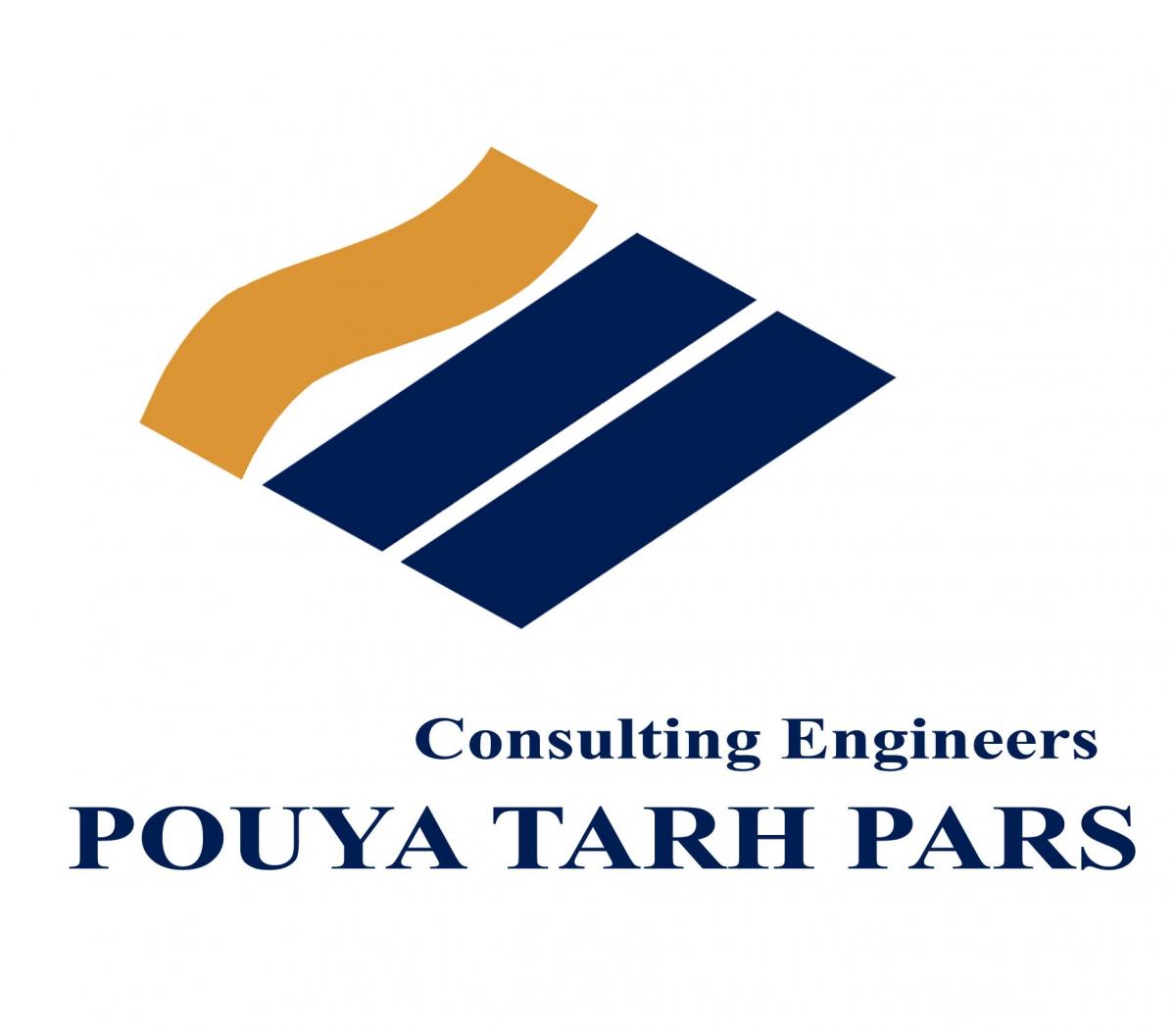Basic and detailed studies of Dilam port development plan
Description
Deylam Port, situated on the shores of Deylam city in Bushehr province and Handijan Bay (Deylam Bay) in the northwest of the Persian Gulf, is the focus of a development project undertaken by PTP Consulting Engineers, in response to the needs assessment of the client. This initiative builds upon the comprehensive plan previously devised by other consultants. The master plan primarily emphasizes the expansion of the port from the sea-facing perspective. However, this endeavor encounters a significant challenge regarding the geotechnical conditions of the seabed in the area. Preliminary investigations, including drilled boreholes, have revealed that the seabed predominantly consists of loose and fine-grained materials.
The main studies conducted as part of the project are outlined below:
1. Planning and initial actions, including needs assessment and data gathering.
2. Analysis of borrow materials.
3. Hydrodynamic studies, focusing on waves, sea currents, and wind patterns.
4. Morphology and sedimentation studies to understand the port's natural processes.
5. Geotechnical studies to assess the seabed conditions and soil properties.
6. Evaluation of the existing breakwaters and their structural integrity.
7. Studies on basin layout and breakwater configurations.
8. Basic and detailed Design of the breakwater
9. Basic and detailed Design of dredging and land reclamation.
10. Preparation of executive Drawings.
11. Compilation of a technical-executive specifications booklet.
12. Preparation of quantity estimates and an implementation plan.
13. Preparation of tender documents for construction.
Based on these studies and in compliance with the master plan, the port development plan includes the following specifications:
- Construction of approximately 2,300 meters of breakwater.
- Implementation of measures to control subsidence and settlement using geotextile materials.
- Execution of approximately 720,000 cubic meters of dredging.
- Basin entrance spanning 150 meters.
- Creation of a usable basin area covering 30 hectares.
